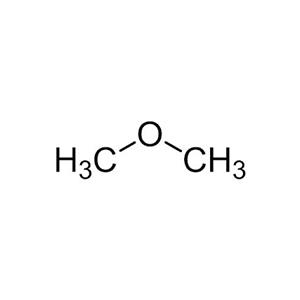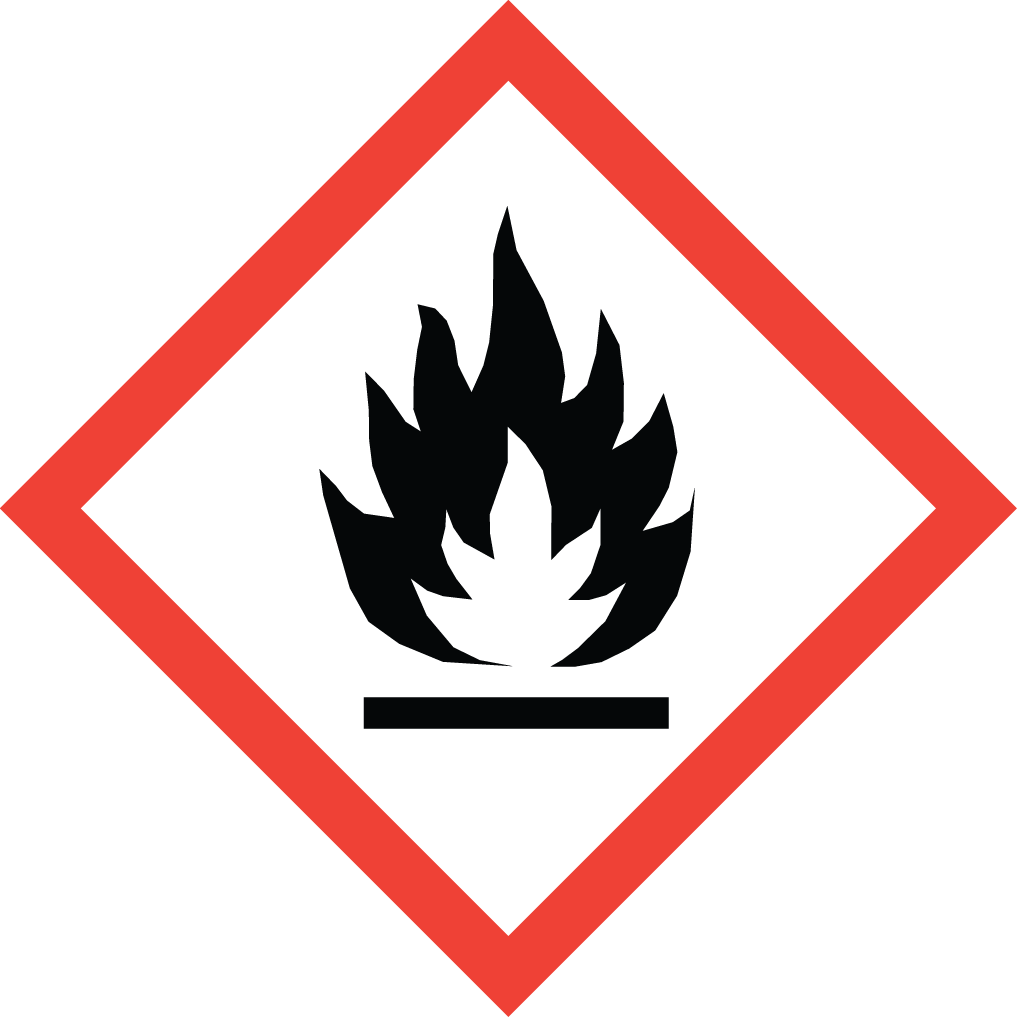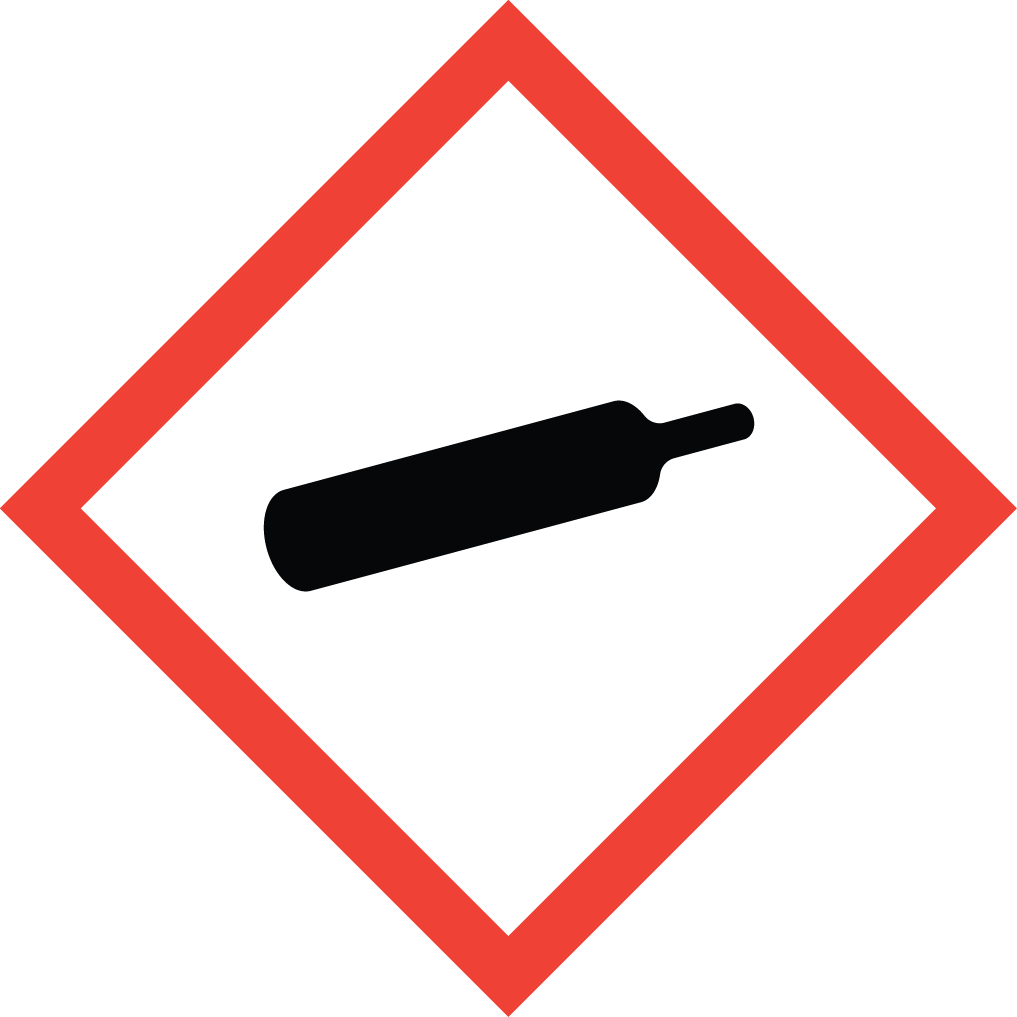Aure Chemical: Your Reliable Partner for High-Quality Dimethyl Ether (DME)
Aure Chemical is a leading supplier of Dimethyl Ether (DME), a versatile and environmentally friendly chemical compound. As a colorless gas at room temperature with a characteristic ether-like odor, DME is rapidly gaining prominence as an eco-friendly aerosol propellant, a promising alternative fuel, and a valuable chemical intermediate. We are committed to providing high-purity DME that meets stringent industry standards, ensuring reliable and sustainable performance for your diverse applications.
Basic Information of Dimethyl Ether
Dimethyl Ether (CAS No. 115-10-6) is the simplest ether and possesses a unique set of physical and chemical properties that make it highly adaptable across various industries:
| CAS No.: | 115-10-6 |
|---|
| EC No.: | 204-065-8 |
|---|
| Linear Formula: | C₂H₆O |
|---|
| Molecular Weight: | 46.07 |
|---|
| Appearance: | Colorless gas at room temperature; colorless liquid under pressure. |
|---|
| Odor: | Characteristic, faint ether-like. |
|---|
| Melting Point: | -141.5 °C |
|---|
| Boiling point | -24.8 °C |
|---|
| Density: | 1.617 |
|---|
| Solubility: | Moderately soluble in water; highly soluble in organic solvents. |
|---|
| Flammability: | Highly flammable gas. |
|---|
| Purity: | Available in various grades, including aerosol grade and fuel grade, to meet specific industrial and consumer product requirements. |
|---|
| RIDADR: | UN 1033 2.1 |
|---|
| Chemical Structure: |  |
|---|
DME's low boiling point allows it to easily vaporize, making it ideal for propellant applications, while its clean-burning properties open doors for its use as a fuel.
Versatile Applications of Dimethyl Ether (DME)
The unique properties of Aure Chemical's Dimethyl Ether enable its widespread use in numerous industries:
Aerosol Propellant: A primary application is as an environmentally friendly alternative to CFCs and HFCs in aerosol sprays for hair care, insecticides, paints, and various household products. It provides excellent spray characteristics and has a low impact on global warming.
Alternative Fuel: Emerging as a clean-burning, non-toxic alternative to LPG and diesel fuel. It can be used in modified diesel engines, power generation, and as a domestic fuel for cooking and heating, offering reduced particulate matter and NOx emissions.
Chemical Intermediate: A versatile building block in organic synthesis for the production of various chemicals, including dimethyl sulfate, acetic acid, and light olefins (ethylene and propylene) via DME-to-olefins (DTO) technology.
Refrigerant: Used in some refrigeration systems due to its thermodynamic properties.
Solvent: Employed as a solvent in specialized applications, particularly for its ability to dissolve certain polymers and resins.
Extraction Solvent: Used in specialized extraction processes for natural products and pharmaceuticals.
Why Choose Aure Chemical for Your Dimethyl Ether Supply?
Aure Chemical is dedicated to being your reliable partner for high-quality chemical solutions. When you choose us for your Dimethyl Ether requirements, you benefit from:
Assured Quality: Our DME is rigorously tested to ensure high purity and consistent performance, meeting or exceeding stringent industry specifications for both aerosol and fuel grades.
Reliable Supply Chain: We maintain a robust and efficient global supply chain to ensure timely and secure delivery of DME, which requires specialized handling and transport.
Technical Expertise: Our knowledgeable team is always available to provide comprehensive support and answer any technical questions you may have regarding product application, handling, storage, and safety.
Commitment to Safety & Sustainability: We adhere to strict safety, environmental, and regulatory protocols in all our operations, ensuring responsible sourcing, production, and delivery of this important chemical.
Partner with Aure Chemical for a seamless and dependable supply of Dimethyl Ether. We are ready to assist you in finding the perfect solution for your specific application requirements.
Hazards Classification
GHS Classification: Flammable Gas (GHS02), Gas Under Pressure (GHS04)
Hazard Statements: Extremely flammable gas; contains gas under pressure; may explode if heated.
UN Number: UN 1033
Hazard Class: 2.1 (Flammable Gases)
Packing Group: Not applicable
 GHS02: Flammable
GHS02: Flammable GHS04: Gas under pressure
GHS04: Gas under pressure

